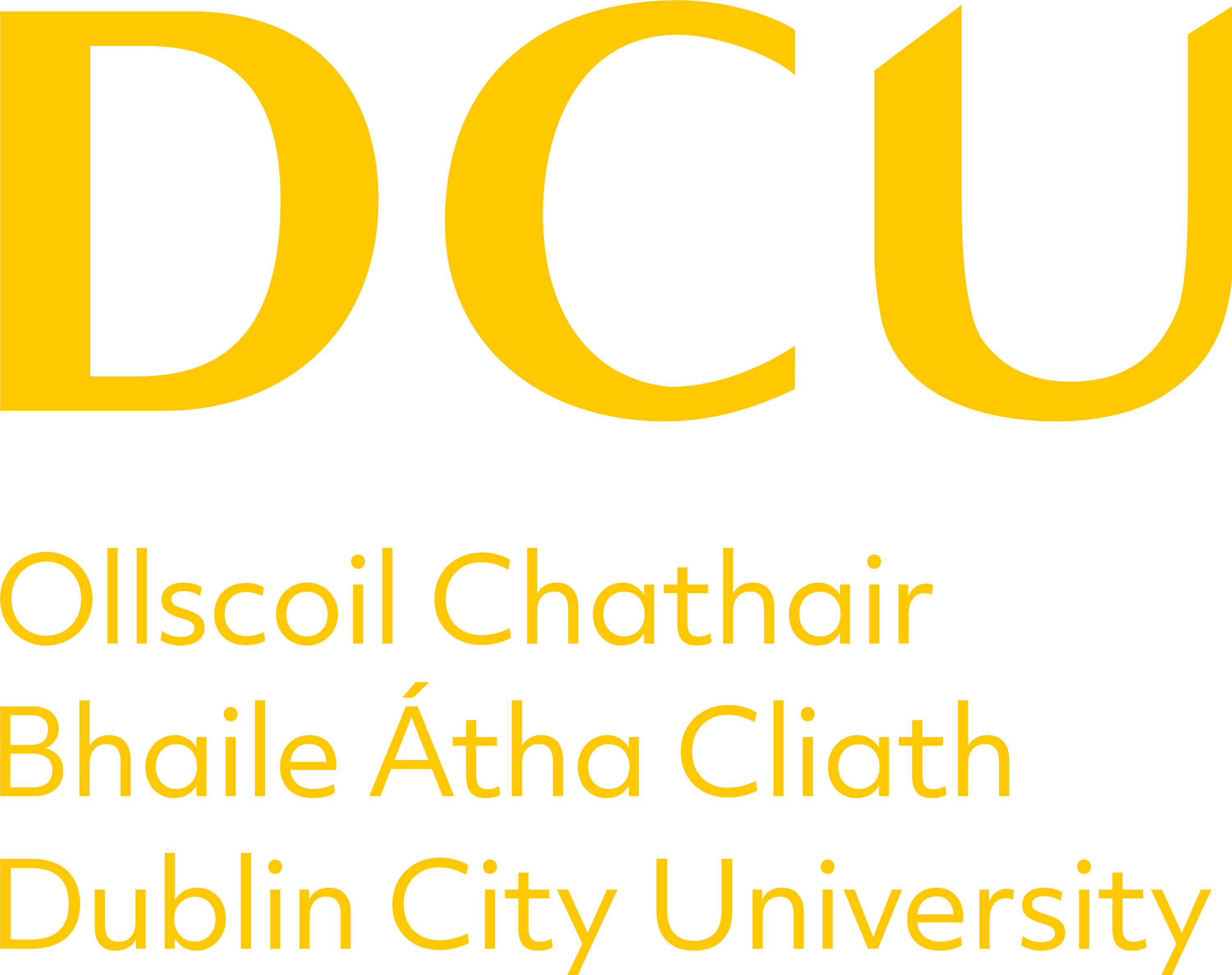Registry
Module Specifications
Archived Version 2017 - 2018
| |||||||||||||||||||||||||||||||||||||
|
Description Bioelectronics is the application of the principles and technologies of electronic and computer systems, system modelling and electronic materials to biology and medicine, and the potential application of biological materials to solving information-processing problems. Its most immediate manifestation is in biomedical sensing and instrumentation, but a wide range of existing and potential application of electronics to biology and organic materials to information-processing problems are also part of this subject. It is a relatively new frontier for the attention of electronic and computer engineers, but its importance can only increase with the passage of time. | |||||||||||||||||||||||||||||||||||||
|
Learning Outcomes 1. Explain and perform quantitative analysis on the physiological quantities and associated transducer characteristics that allow the sensing of clinically and health-related variables such as those relating to vital signs, metabolism, physical condition, physical activity, and bodily environment. 2. Design and implement appropriate electronic instrumentation and software for biosignal conditioning, amplification and digitization, and biosignal extraction or event detection relevant to clinical interpretation of data and diagnosis. 3. Design and conduct experiments, as well as measure, analyse, interpret and present data from living systems. 4. Model and analyze biological systems using the techniques of electronic and control engineering. 5. Explain and perform quantitative analysis on the interface between biological materials and micro- and nanoelectronics materials and devices, including the use of organic electronic material for such interfacing. 6. Explain commercial, regulatory, ethical and practical hurdles in the development of medical device electronics. | |||||||||||||||||||||||||||||||||||||
All module information is indicative and subject to change. For further information,students are advised to refer to the University's Marks and Standards and Programme Specific Regulations at: http://www.dcu.ie/registry/examinations/index.shtml |
|||||||||||||||||||||||||||||||||||||
|
Indicative Content and
Learning Activities Measurable physiological properties and associated transducer characteristicsOverview of physiological systems of the human body (cardiovascular, respiratory, nervous, skeletal, muscular, excretory, reproductive, regulatory); Sources of biomedical signals (electric, acoustic, mechanical, chemical, magnetic, optic, impedance); The human cell and action potentials; Sources of bioelectric potentials; Biopotential electrodes; Overview of other sensors/transducers used for biomedical sensing.Biomedical instrumentation electronicsIdeal op amps, general op amp circuits, sources of noise, biomedical pre-amplifiers, amplifiers and signal-conditioning.Biosignal processing, filtering and event detectionFiltering and frequency-based analysis of biosignals; Overview of basic pattern recognition and machine-learning techniques available for event detection on biosignals.System modelling applied to biological systems including the immune systemSystems Biology and multi-scale modelling; Control system modelling of biological systems; Computer simulation of cellular systems and metabolism; Protein folding simulation and its applications.Information-theoretic models for biological information processing and (bio-)motor actuationCognitive Neuroscience; Grossberg models of neural systems; Varela models of the Immune System; Information ‘flow’ in the human visual system.The biomaterial-nanoelectronics interface and organic electronicsAn overview of recent developments in nanoelectronic devices for bio-interfacing; Implantable electronics for neural intervention in disease management; Interfacing with the brain using Organic ElectronicsCommercial, regulatory, ethical and practical hurdles in the development of medical devicesElectrical safety; Patient safety; Ethical issues; Regulatory issues; Data protection issues; The changing relationship between the patient and the medic. | |||||||||||||||||||||||||||||||||||||
| |||||||||||||||||||||||||||||||||||||
Indicative Reading List
| |||||||||||||||||||||||||||||||||||||
|
Other Resources 27367, Website, Institute for Systems Biology, 0, What is Systems Biology?, Institute for Systems Biology, https://www.systemsbiology.org/about/what-is-systems-biology/, 27368, Website, Stephen Grossberg, 0, Stephen Grossberg Academic Homepage, http://cns.bu.edu/Profiles/Grossberg/, 27002, Website, Nelson Vaz, 0, Francisco Varela and the Immunological Self, http://www.academia.edu/4740894/Francisco_Varela_and_the_Immunological_Self, | |||||||||||||||||||||||||||||||||||||
| Programme or List of Programmes | |||||||||||||||||||||||||||||||||||||
| Archives: |
| ||||||||||||||||||||||||||||||||||||
